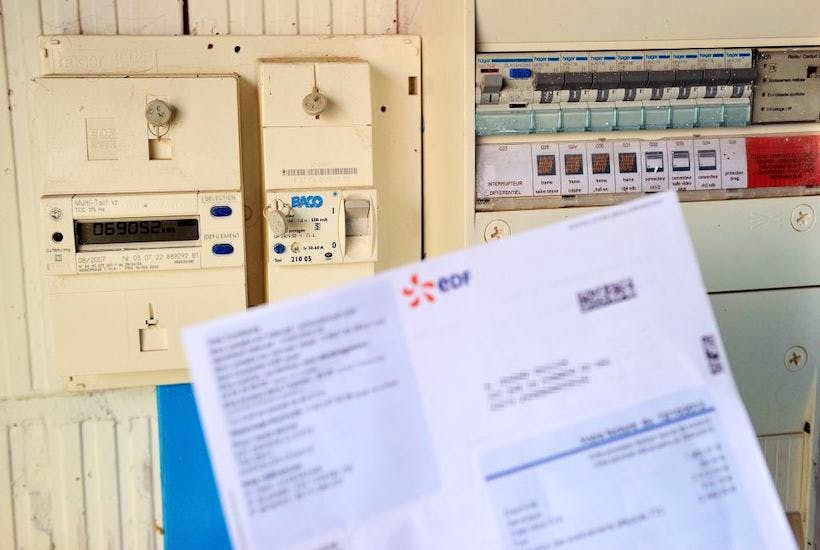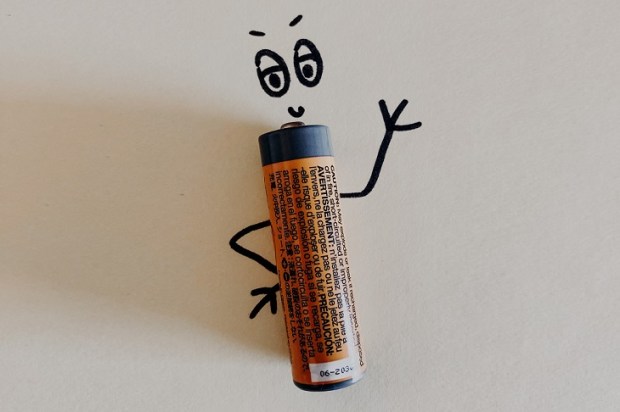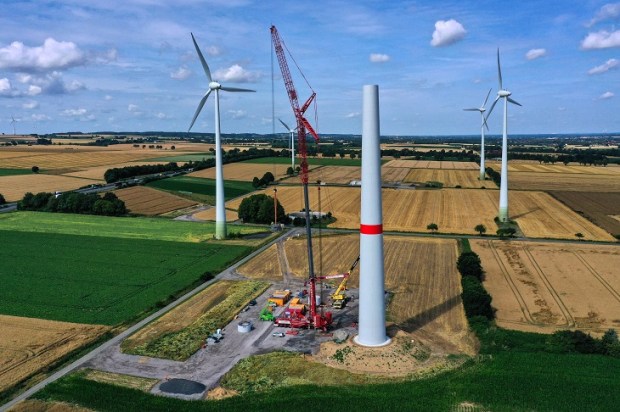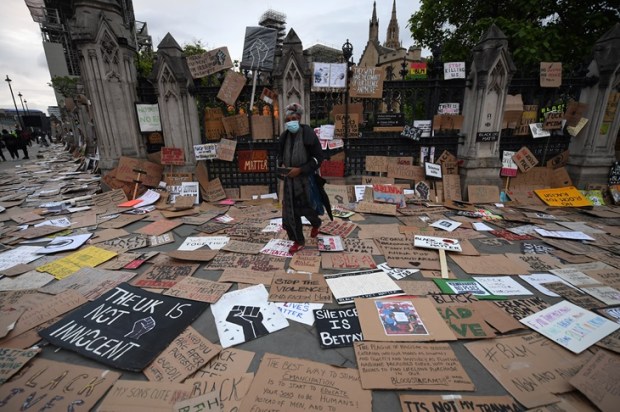Through an open and competitive energy market, Australian can achieve the holy energy trinity: cheap, clean, and reliable. In 2020, let’s deregulate. Government intervention in the energy market forced electricity prices through the ceiling and made our energy supply less reliable. There is a reason Sydneysiders pay some of the highest utility bills in the world, bills comparable to those paid by New Yorkers in a city notorious for its unaffordability.
Australians, even those who aren’t tying themselves to train tracks, want cleaner energy sources. Australians care about our homes, our communities, our nation, and our world.
However, subsidies for renewable energy undermine that goal. If wind and solar were the ‘cheapest’ forms of energy, as the media reports, they wouldn’t depend on subsidies. When you factor the cost of your tax bill into the price of renewables, they don’t hold a light to coal. Allowing renewables to compete with other energy sources like coal and gas would naturally spur innovation in the renewable energy market.
Every year, the government funnels a well-intentioned $5 billion of taxpayer dollars towards generating renewable energy. But, as economist Milton Friedman so aptly said in 1975, “One of the great mistakes is to judge policies and programs by their intentions rather than their results.” The only thing these subsidies have generated is a lackadaisical approach to R&D among energy companies. They don’t need to create higher quality, more efficient, cheaper products because the government pays them regardless.
The inconvenient truth remains, fossil fuels meet the majority of Australia’s energy needs. Renewable energy sources need some serious work before they can reliably keep the lights on. According to Australian Energy Statistics, Australia still receives 60 per cent of its electricity generation from coal compared to 17 per cent from renewable energy. Renewables, such as wind, solar, and even hydro, depend on the weather. At the moment, Australia’s weather is more volatile than bitcoin stock. We still need energy on calm nights.
Climate alarmists continually subject fossil fuels to unwarranted demonisation. Our relationship with coal is similar to a moody teenager’s relationship with their parents. Australia is financially dependent on coal but continues to grossly disrespect it. In fact, there are critical points where Australia absolutely depends upon coal power. Such as those times where supply from renewables is low, but the demand for electricity is high.
Those times are called chokepoints. By handicapping the coal industry protestors and policymakers have left Aussies vulnerable to brownouts and blackouts, unacceptable for a first world country.
Australia’s energy sector is approaching dangerous territory. Multiple coal-fired power stations such as the Northern Power Station in South Australia have been decommissioned or shut down in recent years. We are nearing a situation in which we have no spare capacity of conventional energy to ensure Australia has an adequate energy supply. Coal constitutes a significant amount of baseload power. By shutting down coal-fired power stations, we make our energy supply dangerously unreliable.
Unnecessary environmental regulations designed to drive coal-fired power stations out of business are taking their toll. Approximately one-third of Australia’s coal-fired power stations shut down in the 2010s and another, Liddell, is expected to shut down in 2023 taking 1680 megawatts of electricity with it. The premature deaths of coal-fired power stations are minimising spare capacity of conventional power and threatening energy failure. Energy failure would mean, God forbid, Extinction Rebellion couldn’t mobilise on Facebook.
Despite intervention in the energy market favouring renewables, coal-fired power stations remain the cheapest and most reliable form of energy. Only when all types of electricity generation are competing in a free and competitive market will Australian obtain cheaper, cleaner and more reliable energy.
The competitive market delivers the best outcome for consumers. And the competitive market can provide the best result for climate change. The energy market will invariably reflect the values of their consumers.
But for the time being, renewables are not up to the standard to be able to support the Australian economy. Subsidising renewables is quite literally, throwing money into the wind.
Julia Kokic is a research associate for the Australian Taxpayers’ Alliance.
Got something to add? Join the discussion and comment below.
Got something to add? Join the discussion and comment below.
Get 10 issues for just $10
Subscribe to The Spectator Australia today for the next 10 magazine issues, plus full online access, for just $10.


























Comments
Don't miss out
Join the conversation with other Spectator Australia readers. Subscribe to leave a comment.
SUBSCRIBEAlready a subscriber? Log in